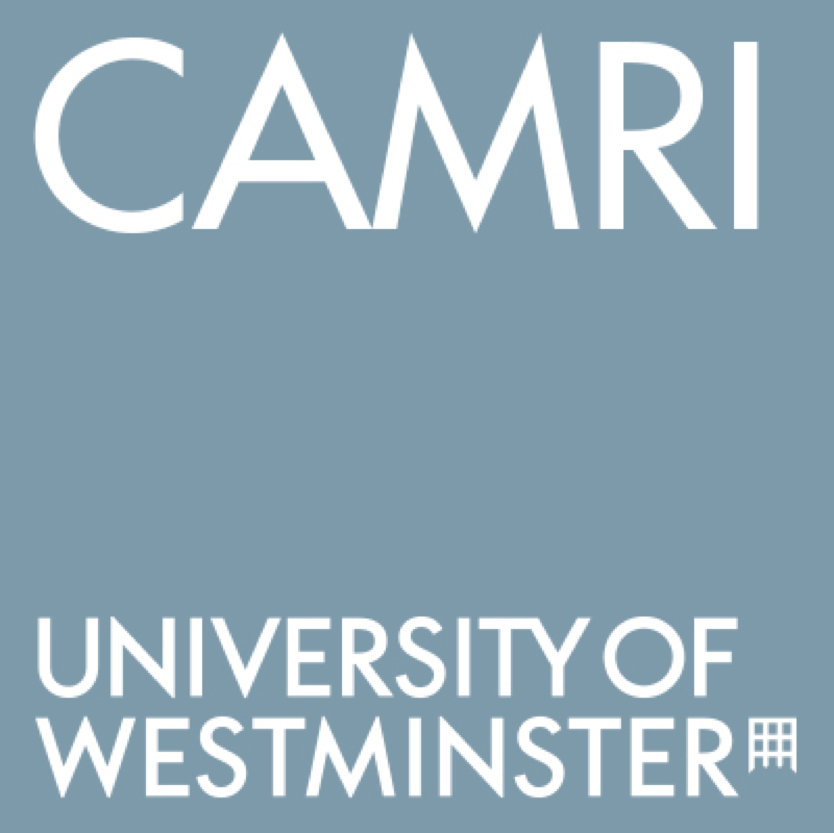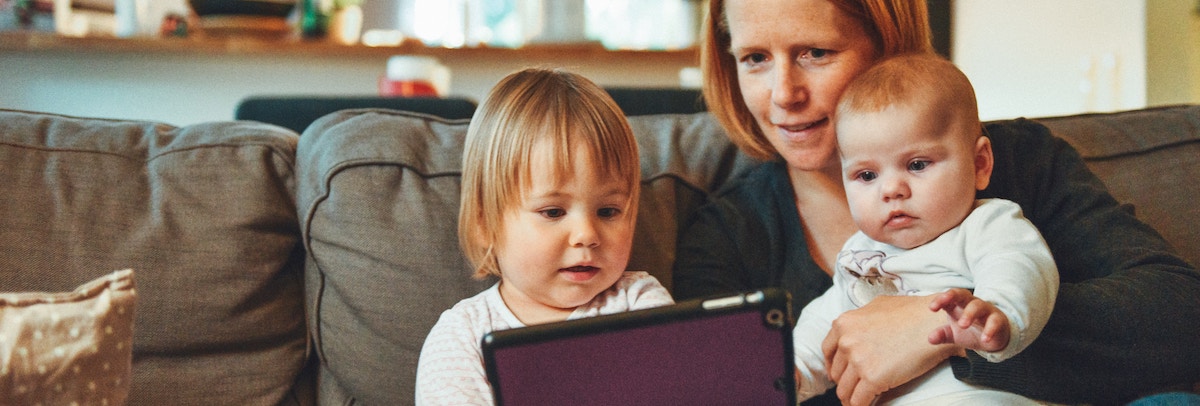The White Paper is out and the government has announced plans to pilot a public service content fund. This will be used for public service genres that are in decline. One of those ‘genres’ is children’s content. Warned about the prospect of top-slicing, the £60 million will be taken from funds left over from the last licence settlement. But what happens after the three-year pilot is over? And what does this mean for the future of the children’s production sector?
A problem of demand
Children’s content has suffered inexorably over the last decade or so. The removal of transmission quotas for commercial public service broadcasters (mainly ITV) in 2003 was a big blow, as was the ban, three years later, on advertising for junk food and fizzy drinks on children’s TV.
This is worth remembering because it goes some way to explaining the root cause of the children’s production sector’s woes. What we essentially have is a problem of demand, not supply, that has left the BBC as virtually the sole commissioner of UK-originated children’s television content.
A Public Service Content Fund, taken from unallocated funding from the 2010 licence fee settlement, addresses the issue of supply to some degree by giving producers somewhere else to go to get funding. But it needs some very clear thinking over the next few months about how it will address the issue of demand, reach, value for money and ultimately relevance to children living in the UK. It is very important that there is a distinction between the degree to which the new fund is there to support investment and growth in the children’s content sector and the degree to which it exists to support reach and discoverability of public service content for children living in the UK. These aims might overlap, but they are not the same.
A prelude to top-slicing?
In the Green Paper last July the government suggested that a small amount of contestable funding, derived from the licence fee, might introduce greater diversity of providers and greater plurality in public service provision – particularly in children’s content. This is in a situation where other PSB players barely commission any original content at all. Only this week, Ofcom in its Statement of Media Content Policy told Channel 4 that it expected to see a much clearer articulation of how it would service older children with ‘an alternative voice, distinct from the output provided by the BBC’.
For now, the DCMS has at least listened to industry and advocacy groups including PACT, the Children’s Media Foundation and the Voice of the Listener and Viewer, who clearly told the Secretary of State at a meeting in February that top-slicing the licence fee to create an alternative fund for children’s content was not a very good idea. They were concerned that it would undermine children’s content on the BBC.
For now, we have a pilot fund of £20 million per annum over three years (£60m), taken from left over funding from the 2010 licence settlement, that had been ear-marked to pay for digital switchover and local television.
But the idea of top-slicing has clearly not gone away. As the government states on p. 71 of the White Paper:
“It is the government’s view that while the licence fee continues to be paid for receipt of television services a small proportion of the licence fee may be available to organisations other than the BBC to help deliver quality and pluralistic public service content, using competitive forces to ensure the highest quality for the best value for money’.
The question that needs to be answered is: what happens after three years, when the pilot project ends? Will the licence fee be top-sliced undermining the BBC or will the government find alternative sources if it decides to continue with the fund?
In other countries, content funds are financed from direct taxation (New Zealand, Australia) and levies on commercial players (France, Canada). In Ireland, the Sound and Vision 3 fund is funded from 7% of the licence fee. It’s worth noting that eight out of ten children’s awards in Ireland since June 2015 went to public broadcaster RTE. Animation series accounted for 77% of funding allocations, and that funding accounts for less than 10% of total budgets.
Of course the landscape is different in every country, but what this points to is the problem of demand, and the danger of supporting certain types of content over others. In those places where funds have worked most effectively (France, Canada), it’s worth noting that they are part of a wider ranging policy toolkit that includes production and transmission quotas on commercial broadcasters, and increasingly new initiatives targeted at online spaces as well.
A question of platforms
A pilot content fund is one way to test the marketplace, and consult more widely on the administration and criteria for the fund. In addition to the issue of potential top-slicing in future, there are two other key issues that need to be resolved.
First the White Paper rightly identifies that any publicly funded content should be free at the point of use and then mentions Channel 4, Channel 5 and ITV. A key issue here is how do you get these broadcasters to take content if they have no regulatory obligation to do so and in the case of Channel 4 and ITV, seem unwilling to engage much with children’s content?
Second the White Paper refers to the availability of content on a platform with appropriate reach. This could be YouTube or iTunes. This requires careful consideration of how this content will be promoted and curated and how children are likely to discover it, if it’s to represent value for money. The fund is not big enough to establish an independent online platform. This suggests that it will have to work with existing online platforms or aggregators outside the pay wall.
One possible partnership is the BBC’s proposed single online platform for children, iPlay. Last September, the BBC indicated that it wanted to work with carefully chosen partners with complementary public service values on this initiative. Just as CBeebies and CBBC were important public service additions to multichannel offerings in 2002, the BBC’s proposal for iPlay, could serve as an advertising free space to test the crossover between TV, games and other digital content. As an on-demand portal it could become a catalyst for investment in high quality distinctive content that goes beyond television. However, the removal of the BBC’s sixth purpose of helping to deliver to the public the benefit of emerging communications technologies and services might make it more difficult to partner with emerging UK digital industries rather than existing global organisations like YouTube.
Other issues that need consideration include:
- What type of organisations will be allowed to access this funding and on what terms?
- Will the securing of distribution on a free to air broadcaster or online publisher be combined with an obligation to co-fund at a particular level from the broadcaster or online platform?
- What type of online publisher is acceptable? Would an online platform with advertising and sponsorship such as YouTube Kids be acceptable? Or would an advertising-free online portal like the BBC’s iPlay be a better option?
- Will the fund offer partial funding (as is the case in Ireland, Canada, France) or is there scope for 100% funding in certain instances (New Zealand)?
- What is meant by appropriate reach and does it mean that it will be available to all UK children?
- What will be the balance of funding between serving children and other diverse audiences (BAME), arts, and the Nations and Regions?
- If a small panel assesses bids, will there be scope to include representatives from other groups and organisations in society other than just industry figures? How will the balance of interests be achieved between content for children, the arts, the Nations and Regions?
- Where is the panel likely to be located and who will provide administrative support? (Ofcom, British Film Institute). Will the government appoint the panel and how does this relate to independence?
- If the government wants to ensure sustainable small and medium-sized enterprises (SMEs) how will the balance be struck between smaller cross-platform producers and larger more traditional international production entities with larger internal resources?
- What will be the BBC’s relationship with the fund?
- How will a three-year pilot fit with the extended development, funding and production timescales of most children’s productions?
- How will such a fund ensure that content is funded that is relevant to a diverse range of children living in the UK, rather than just international audiences?
Any solution for public service children’s content, geared to the UK, needs to be independent, long-term, culturally relevant and capable of reaching significant numbers of children on a wide range of platforms. Longer term after initial funding for the pilot has concluded, it should not be used as a pretext to top-slice licence fee funding that will diminish the BBC’s funding and independence over time. A content fund needs to take account of how children’s consumption is changing. Beyond television, policy-makers need to do much more thinking about what a public service commitment to children is likely to mean in future across a variety of platforms and services. This necessitates a better understanding of the extent to which children’s media engagement is shifting, even though television content is still important. It means paying more attention to how content is distributed to and found by children rather than simply looking at the supply side.
Read the full report >>
.
Photo by Alexander Dummer on Unsplash












